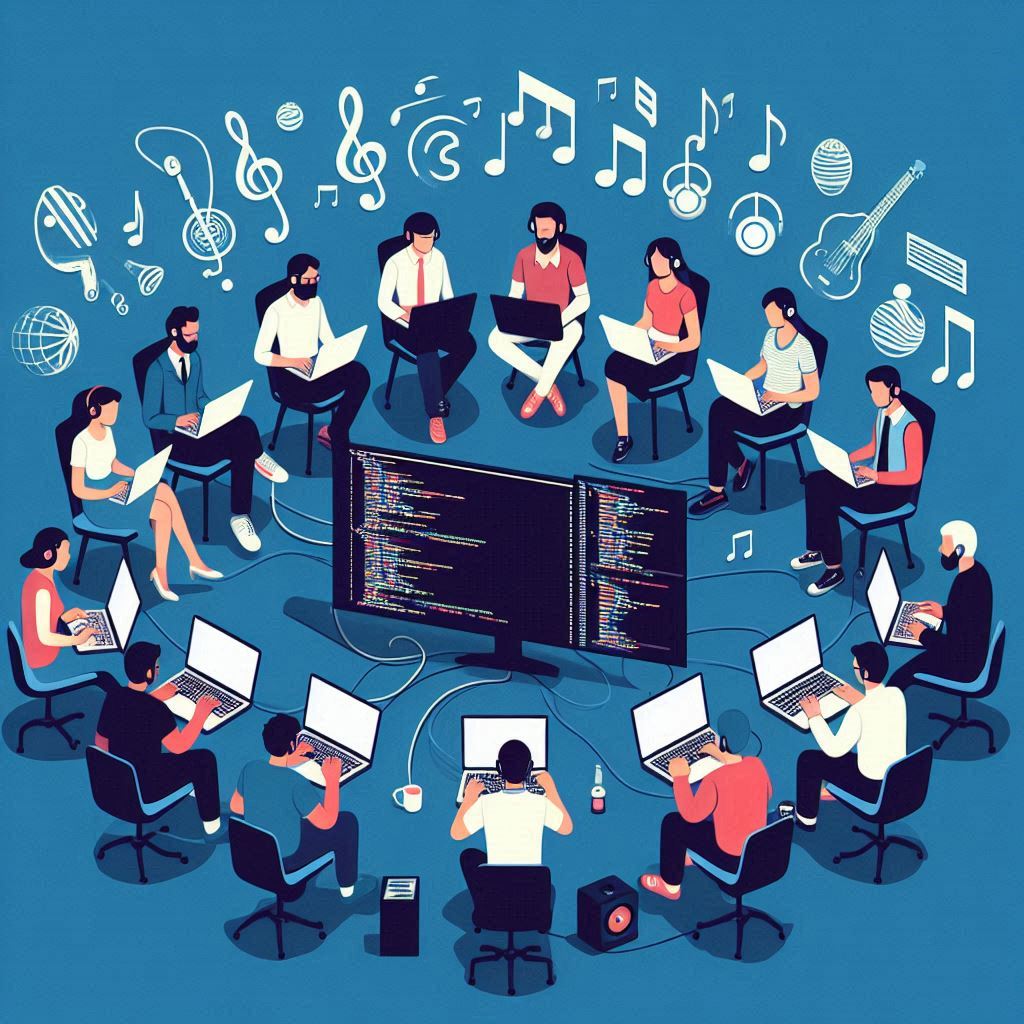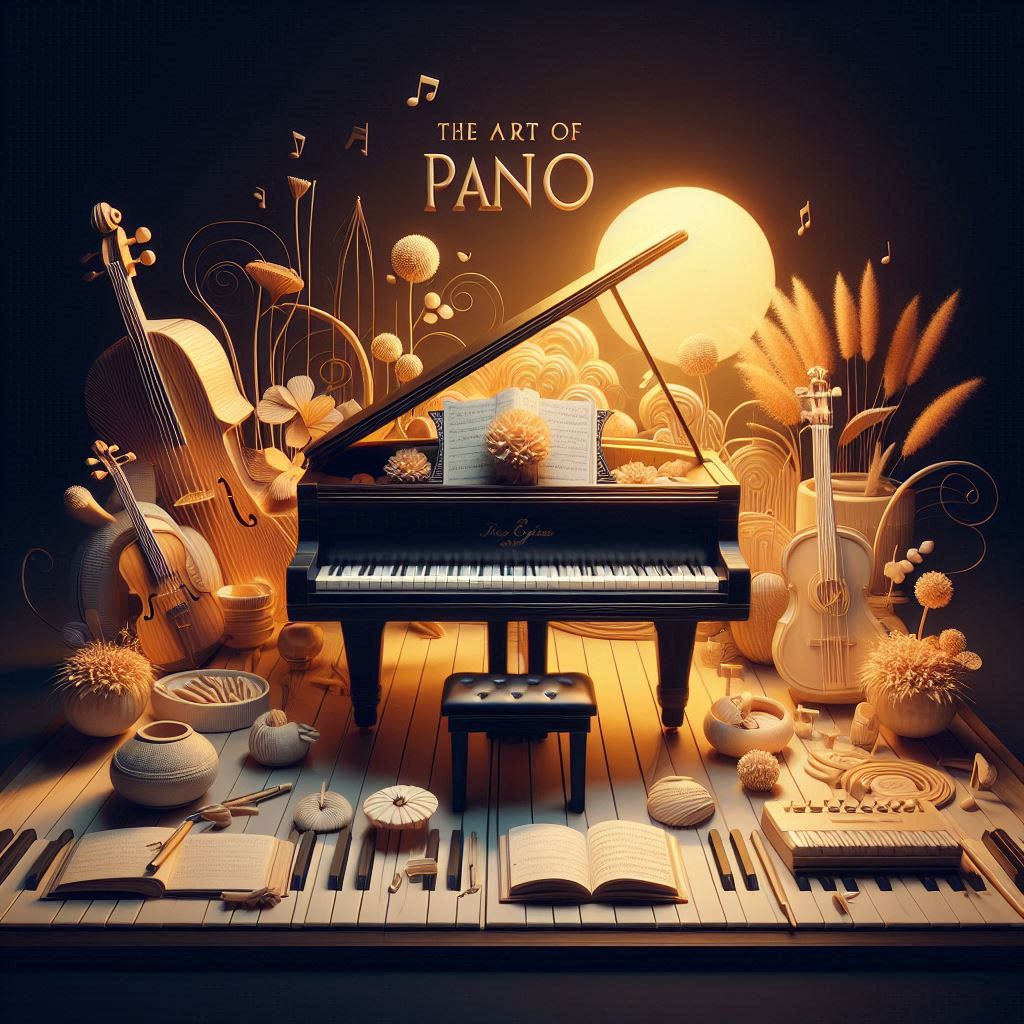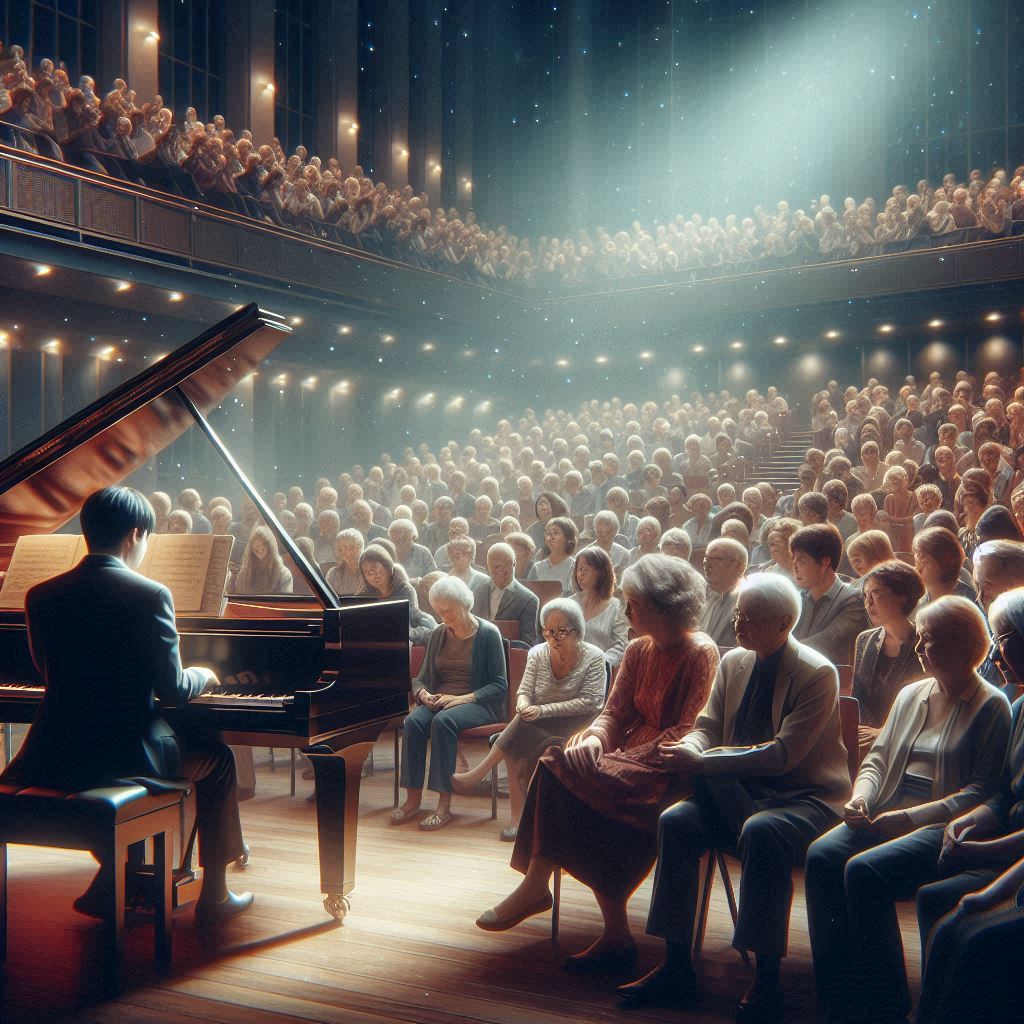Introduction
At first glance, music and software development might appear to be entirely unrelated fields. However, both disciplines share commonalities in patterns, structures, creativity, and problem-solving. Understanding the connection between music and software development can provide unique insights and skills that enhance your capabilities in both areas. This blog delves into how music can influence software development and how the principles and skills from each field intersect and complement each other.
Thank you for reading this post, don't forget to subscribe!1. The Role of Patterns and Structure
Recognizing Patterns
Both music and software development heavily rely on recognizing and creating patterns. In music, patterns are found in rhythms, melodies, and harmonies. In software development, patterns appear in algorithms, code structures, and design principles.
Example:
- In music, a repeating chord progression creates a familiar pattern that listeners can follow.
- In software development, design patterns like Singleton or Observer provide reusable solutions to common coding problems.
Structural Thinking
Music composition and software development both require a deep understanding of structure. Musicians structure their compositions through verses, choruses, and bridges, while developers structure their code through functions, classes, and modules.
Example:
- A symphony is organized into movements, each with its distinct theme and development, similar to how a complex software project is divided into modules or components.
2. Enhancing Cognitive Abilities
Memory and Recall
Playing music strengthens memory and recall, skills that are also crucial for software development. Musicians memorize pieces and scales, while developers need to remember syntax, functions, and algorithms.
Example:
- Memorizing a musical piece improves the ability to recall lengthy code sequences or debugging steps.
Problem-Solving Skills
Both fields require strong problem-solving abilities. Musicians solve problems related to harmony, melody, and rhythm, while developers solve coding challenges and algorithmic puzzles.
Example:
- Figuring out how to transition smoothly between keys in a musical piece can enhance the ability to find creative solutions in software development.
3. Fostering Creativity and Innovation
Creative Expression
Music is a form of creative expression, allowing individuals to explore new ideas and emotions. This creativity can translate to innovative thinking in software development, where finding unique solutions is often necessary.
Example:
- Composing an original piece of music can inspire creative approaches to developing new software features or solving complex problems.
Iterative Process
Both music and software development benefit from an iterative process. Musicians refine their compositions through practice and revisions, while developers iterate on their code through testing and debugging.
Example:
- The process of composing, performing, and revising a musical piece is similar to writing, testing, and refactoring code to improve functionality and performance.
4. Emotional and Mental Resilience
Managing Performance Anxiety
Musicians often perform in front of audiences, learning to manage performance anxiety and stay focused under pressure. These skills are valuable in software development, especially when working under tight deadlines or presenting projects.
Example:
- Performing a challenging piece in a concert can build confidence and resilience, which helps when presenting a software demo or handling a critical project review.
Building Patience and Persistence
Mastering a musical instrument requires patience and persistence, qualities that are equally important in software development. Overcoming musical challenges teaches perseverance and resilience.
Example:
- Persisting through difficult musical passages builds the patience needed to debug complex code or learn new programming languages.
5. Practical Applications and Synergies
Algorithmic Composition
Algorithmic composition involves using algorithms to create music, showcasing a direct intersection of music and software development. This field blends creativity with technical skills, demonstrating how principles from both areas can combine.
Example:
- Developing software that generates music based on specific algorithms or user inputs.
Music Visualization Software
Creating software to visualize music in real-time combines skills from both fields. This type of project requires an understanding of both musical theory and software development techniques.
Example:
- Building an application that visualizes sound waves and musical patterns in response to live performances.
Enhancing User Experience
Music can enhance user experience in software applications. Integrating sound design and music into software interfaces can make applications more engaging and enjoyable.
Example:
- Adding background music or sound effects to a video game or interactive app to enhance the user experience.
6. Learning Resources and Communities
Online Courses and Tutorials
Numerous online resources can help you explore the connection between music and software development. Courses on platforms like Coursera, edX, and Udemy cover topics ranging from music theory to programming.
Examples:
- Coursera: Offers courses on music production, music theory, and various programming languages.
- Udemy: Provides tutorials on algorithmic composition and building music-related software applications.
Communities and Forums
Join communities and forums where you can connect with others who share an interest in music and software development. These platforms offer opportunities for collaboration, learning, and sharing experiences.
Examples:
- Reddit: Subreddits like r/music and r/programming provide spaces to discuss both fields.
- Stack Overflow: A valuable resource for coding questions, including those related to music software development.
FAQs
How can playing music improve my coding skills?
Playing music enhances cognitive abilities such as memory, problem-solving, and pattern recognition, which are crucial for coding. It also fosters creativity, patience, and emotional resilience.
What are some examples of the intersection between music and software development?
Examples include algorithmic composition, music visualization software, and enhancing user experience through sound design and music integration in applications.
Can learning music theory help with programming?
Yes, learning music theory can improve your understanding of patterns, structures, and problem-solving, all of which are applicable to programming.
What resources can help me explore the connection between music and software development?
Online courses on platforms like Coursera, edX, and Udemy, as well as communities and forums on Reddit and Stack Overflow, provide valuable resources for exploring the connection.
How does managing performance anxiety in music translate to software development?
Managing performance anxiety in music builds confidence and focus, which are valuable when presenting software projects, handling tight deadlines, and dealing with high-pressure situations in development.
Are there specific programming languages useful for music-related projects?
Yes, languages like Python, C++, and JavaScript are commonly used in music-related projects, including algorithmic composition, music visualization, and sound design applications.
Conclusion
The connection between music and software development is deeper than it might initially appear. Both fields share common principles in patterns, structures, creativity, and problem-solving. Engaging in music can enhance your cognitive abilities, foster creativity, build emotional resilience, and provide practical applications in software development. Embrace the synergy between music and coding to become a more well-rounded and innovative individual in both disciplines.



